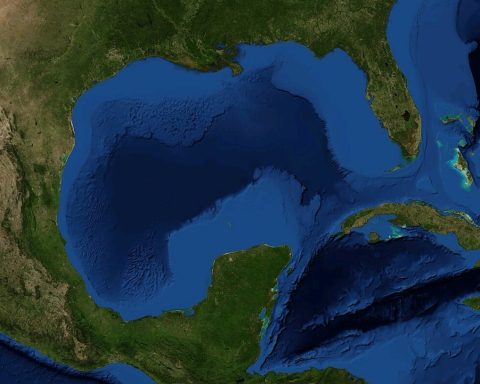The Uruguayan economy It grew again in the first quarter of 2022, according to the National Accounts report released this Thursday by the Central Bank of Uruguay (BCU). The Gross Domestic Product (GDP) grew 0.6% compared to the immediately previous quarter (October-December), that is, in seasonally adjusted terms.
While, in the year-on-year measurement, economic activity expanded 8.3% compared to the January-March period of last year. The data “reflects a recovery of economic activity underpinned by the partial normalization of tourist activity, external demand and some large investment projects,” said the BCU.
The economist, Aldo Lema, highlighted that the growth of the first quarter ” was in line with expectations, but negatively affected by the drop in the value added of electricity, gas and water”due to higher thermal generation.
“No surprises in GDP for the first quarter, The Uruguayan economy remains on track to average growth of around 5% in 2022thanks to the drag of the 2021 rebound and with a pace of expansion closer to its potential,” he wrote on his Twitter account.
With no surprises in GDP for the first quarter, the Uruguayan economy remains on track to average growth of around 5% in 2022, thanks to the drag from the rebound in 2021 and with a rate of expansion closer to its potential.https://t.co/hYAiq2hJtf https://t.co/Q7bTkhX0b7
– Aldo Lema – Uruguay (@AldoLema_uy) June 16, 2022
Consumption, investment and exports
Final consumption spending increased 6.7% year-on-year during the first quarterwith an increase in both household spending (6.9%) and government spending (4.7%).
In the first case, the positive impact of consumer spending during tourist trips abroad stands out, as well as the consumption of leisure, cultural and sports services and passenger transport.
For its part, gross fixed capital formation (investment) it expanded 4.8% year-on-year. This is made up of higher investment in fixed assets, partially offset by a decomposition of inventories.
The increase in gross fixed capital formation (13.7%) is due to increases in investment in machinery and equipment, as well as in construction works. Within the first, the largest imports of capital goods stand out for the installation of the third pulp mill and the central railway, and also of machinery and equipment in the agricultural sector, explained the BCU
Secondly, exports of goods and services grew 23.5% in year-on-year terms and had a positive impact of 5.8 points, while imports did so by 16.6%. Higher placements of bovine meat, motor vehicles, syrups and concentrates and rapeseed stand out, offset in part by a decrease in exports of live cattle and cellulose.
In addition, service exports increased, with special emphasis on receptive tourism after the easing of the sanitary measures adopted in the first quarter of 2021. Foreign sales of information and communication technology services, and other services, also increased. professional services.
By sectors of activity
In the first trimester growth was observed in most sectorsand the activities of health, education, real estate activities and other services stand out for their incidence.
The agricultural sector grew 3.6% with an increase that is mainly explained by the good performance of agricultural and livestock activities. A larger rice harvest stands out due to the increase in the planted area and an increase in cattle slaughter.
For its part, the manufacturing industry grew 6.4% with positive incidence of the refrigeration industry and its exports.
While the activities of ctrade and accommodation grew 9.1%. Here, the higher sales of fuel, clothing and footwear stand out, and an improvement in the activity of hotels and restaurants due to greater demand from non-resident tourists.
Construction had a variation of 11.2% compared to the first quarter of 2021. This result is made up of the growth in buildings (residential homes and to a lesser extent the third pulp mill) as well as in other constructions such as the Central Railway and greater investment in road works, which offset falls in other infrastructure works such as power lines and ports.
On the other hand, the category transport and comunication expanded 14.4% year-on-year, education and health 10.7%, financial services 3.4%, and professional and rental activities 10%.
While, the electricity, gas and water sector fell 0.5%. This is explained by a greater share of power generation from thermal sources, as well as by the decrease in exports compared to the first quarter of 2021.

















